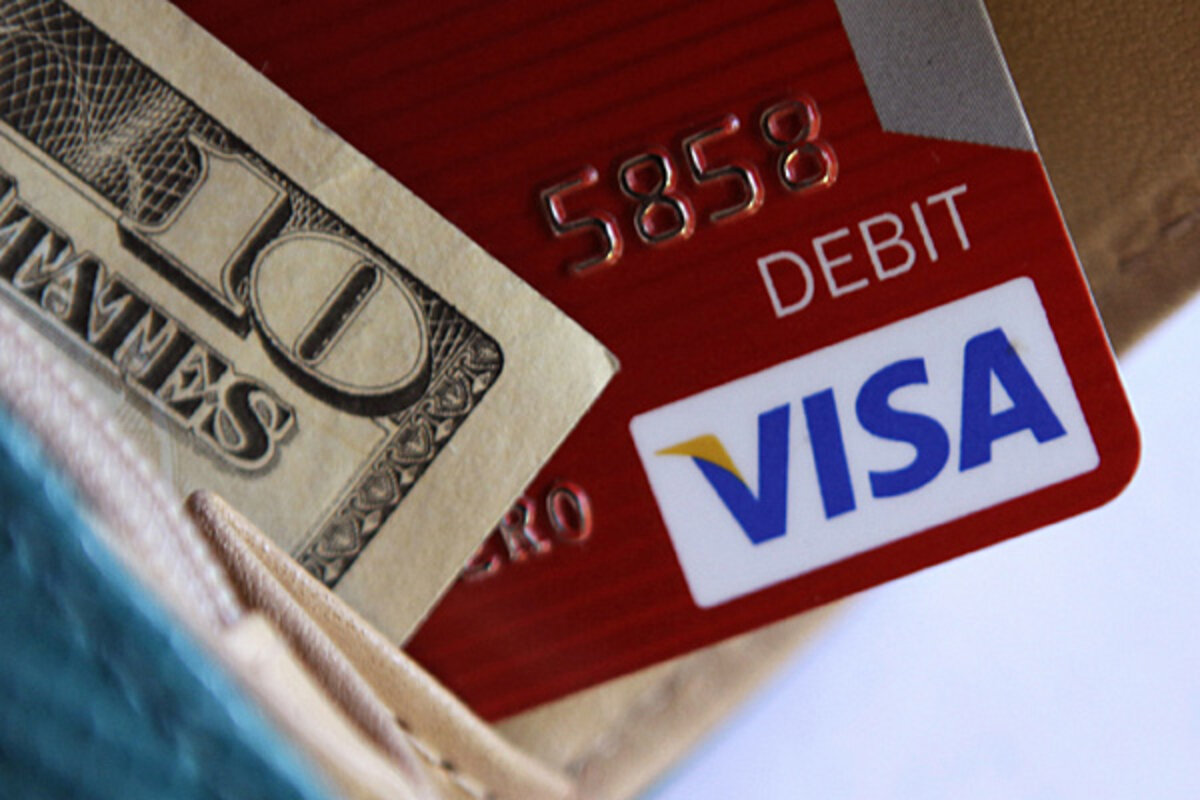Credit cards and annual fees
Loading...
As I’ve mentioned before on The Simple Dollar, I’m a believer in the healthy use of credit cards. As long as you keep your balance low and pay it off in full every month, I view credit cards as being almost entirely positive.
They help your credit. Many cards provide discounts and other bonuses. They provide consumer protection on many purchases. If your credit card gets stolen, you can fix things with a phone call.
The trick, as I mentioned, is to keep your financial behavior under control when you have the plastic in hand.
When I first started writing The Simple Dollar, most credit card offers – in fact, the vast majority of them – were for cards with no annual fee.
Today, the landscape has changed somewhat. Many cards out there now have an annual fee associated with them and quite a few cards have zero fee and annual fee versions of the same cards.
Why would you pay a fee when you don’t have to? The reason is the rewards. Most cards with an annual fee offer strictly better rewards opportunities than cards without an annual fee.
This presents an interesting challenge when figuring out the right card for you. As I’ve said before, the best card for you is the one that lines up well with how you use it. If you do most of your shopping at Target, for example, a Target Visa is probably the best option. If you buy a lot of stuff at Amazon, an Amazon Visa is a great choice. If you mostly use it for gas, the card associated with your preferred gas station chain is likely to be the best option.
The problem with these cards is that they’re not very good at places besides the retailer on the card, so if you shop at a variety of places, these cards aren’t the best option. In those cases, you’re looking for a card that gives you bonuses on the type of purchases that you make frequently.
In that situation, there are a lot of solid general purpose cards out there, some with annual fees and some without annual fees.
How do you figure out which one is the best? Let’s run through the math on an example offer.
�ճ���� is a card clearly geared toward people who travel frequently. If you’re a person who travels all the time and thus eats on the road a lot, this card will be a reasonably good option for you.
The card operates on a frequent flyer miles system, which means that the card’s rewards come in the form of discounts on flying. By default, the card offers two miles for every dollar spent with the card on travel and dining out and one mile per dollar on all other purchases and offers a 20,000 mile sign-up bonus. A “mile” essentially converts to a penny. It’s a fee-free card.
On the other hand, there’s a of the card that costs $90 per year. It offers a 40,000 mile sign-up bonus (amounting to a $400 travel voucher) and offers two miles for every dollar spent regardless of purchase. The catch? It has a $90 annual fee.
(Of course, if you want to play the credit card game where you sign up for a card to get the initial bonus then cancel the card, the card with a fee does waive the fee for the first year. However, the effort involved, potential identity theft, negative impact on one’s credit, and the potential for the terms to be altered before you can cash in makes this plan a marginal one in my opinion.)
So which one is better? If you’re going to run more than $9,000 in non-travel expenses through the card each year, the fee-based card is better. Otherwise, the free card is better.
I ran the numbers on quite a few other cards, both with fees and without, and the same principle is true in almost every case – fee-based cards are better only if you use it for a lot of purchases.The threshold varies from card to card, but it’s virtually always somewhere around $8,000 to $10,000 in purchases required to make up for the fee.
The additional factor to consider is whether or not you’d actually use the bonuses generated by the card. If you don’t remember to take advantage of the bonuses of the card, you might as well get a card with no bonuses at all.
The message is simple: if you’re not a big spender, you’re probably better off sticking with cards without annual fees, even if the bonus program is better on cards with annual fees.
The post appeared first on .




